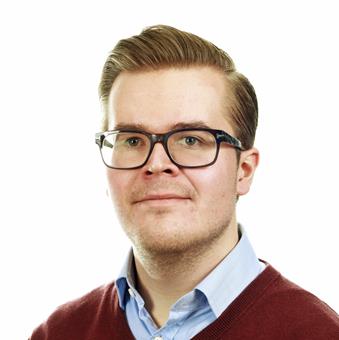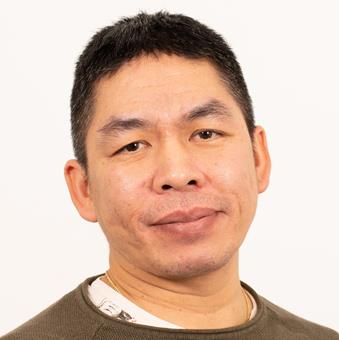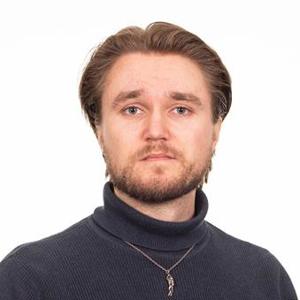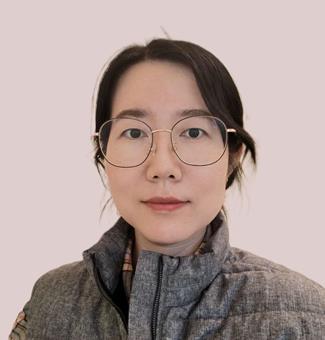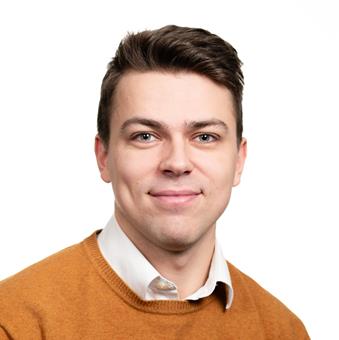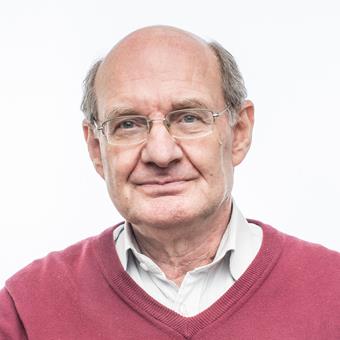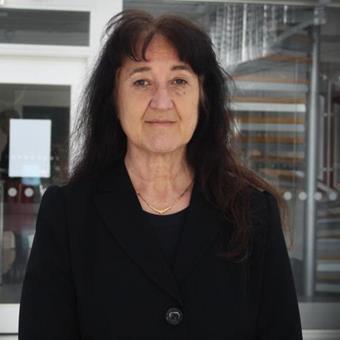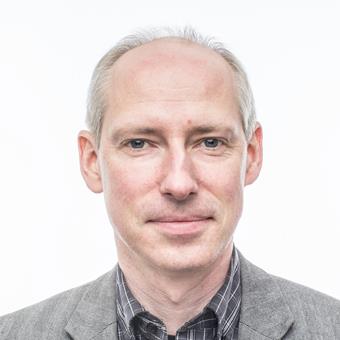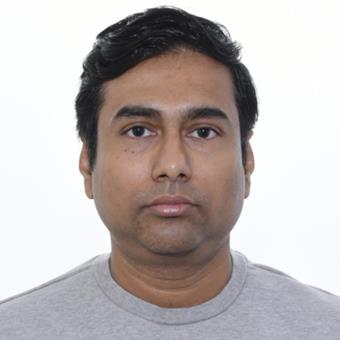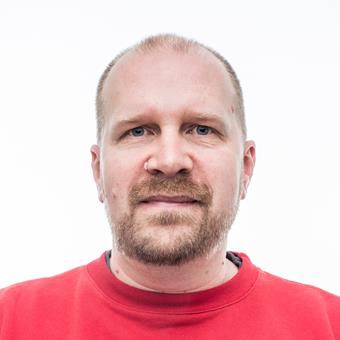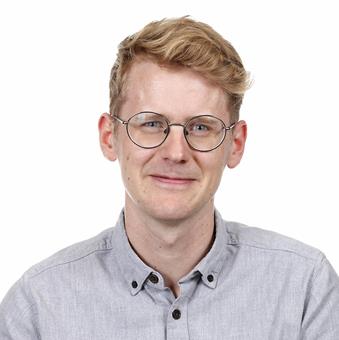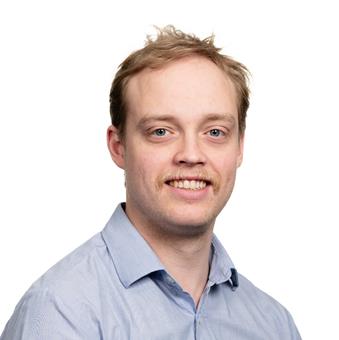I have obtained my PhD degree in 2009 in Electrical Engineering at the Pontifical Catholic University of Rio de Janeiro in Brazil, working on automatic polarization stabilization for quantum communication systems over optical fibers and quantum key distribution experiments. I remained as a post-doctoral researcher working on active phase stabilization for long optical fiber interferometers until 2011, where I moved to the Electrical Engineering Department of the Universidad de Concepción (UdeC) in Chile, as an Assistant Professor.
There I started a new lab on quantum communication and led novel experiments on quantum communication with energy-time entangled photons. I also collaborated strongly with the Quantum Optics group at the Physics department at UdeC, where we performed many experiments using high-dimensional spatial photonic quantum systems, in fields such as quantum cryptography and quantum contextuality.
Since May 2017 I have joined the Faculty at the Department of Electrical Engineering of Linköping University, at the Information Coding Division as a Senior Lecturer (Universitetslektor). I am heading the newly started Quantum Communications Laboratory, focusing on research of quantum communications over next-generation telecommunication optical fibers designed for spatial division multiplexing.
Teaching
I am currently teaching TSIN02 - Internetworking, and TSIT02 - Computer security. Both are given at the Fall term.
Selected publications
G. Cañas, N. Vera, J. Cariñe, P. González, J. Cardenas, P. W. R. Connolly, A. Przysiezna, E. S. Gómez, M. Figueroa, G. Vallone, P. Villoresi, T. Ferreira da Silva, G. B. Xavier, and G. Lima, “High-dimensional decoy-state quantum key distribution over multicore telecommunication fibers”, Physical Review A 96, 022317 (2017). https://journals.aps.org/pra/abstract/10.1103/PhysRevA.96.022317
G. Carvacho, J. Cariñe, G. Saavedra, A. Cuevas, J. Fuenzalida, F. Toledo, M. Figueroa, A. Cabello, J.-Å. Larsson, P. Mataloni, G. Lima and G. B. Xavier, “Post-Selection Loophole-Free Bell Test over an Installed Optical Fiber Network”, Physical Review Letters 115, 030503 (2015).
https://journals.aps.org/prl/abstract/10.1103/PhysRevLett.115.030503
A. Cuevas, G. Carvacho, G. Saavedra, J. Cariñe, W. A. T. Nogueira, M. Figueroa, A. Cabello, P. Mataloni, G. Lima and G. B. Xavier, “Long-distance distribution of genuine energy-time entanglement”, Nature Communications 4, 2871 (2013).
https://www.nature.com/articles/ncomms3871
T. Ferreira da Silva, D. Vitoreti, G. B. Xavier, G. C. do Amaral, G. P. Temporão and J. P. von der Weid, “Proof-of-principle demonstration of measurement-device-independent quantum key distribution using polarization qubits”, Physical Review A 88, 052503 (2013).
https://journals.aps.org/pra/abstract/10.1103/PhysRevA.88.052303
S. Etcheverry, G. Cañas, E. S. Gómez, W. A. T. Nogueira, C. Saavedra, G. B. Xavier and G. Lima, “Quantum key distribution session with 16-dimensional photonic states”, Scientific Reports, 3, 2316, (2013).
https://www.nature.com/articles/srep02316
G. B. Xavier and J. P. von der Weid, “Stable single-photon interference in a 1 km Mach-Zehnder fiber optical interferometer with continuous phase adjustment”, Optics Letters, 36, 1764 (2011).
https://www.osapublishing.org/ol/abstract.cfm?uri=ol-36-10-1764
For a complete and updated list, please visit my Google Scholar profile

 Energy
Energy https://doi.org/10.1038/s41534-025-01072-3
https://doi.org/10.1038/s41534-025-01072-3 https://arxiv.org/abs/2503.14675
https://arxiv.org/abs/2503.14675